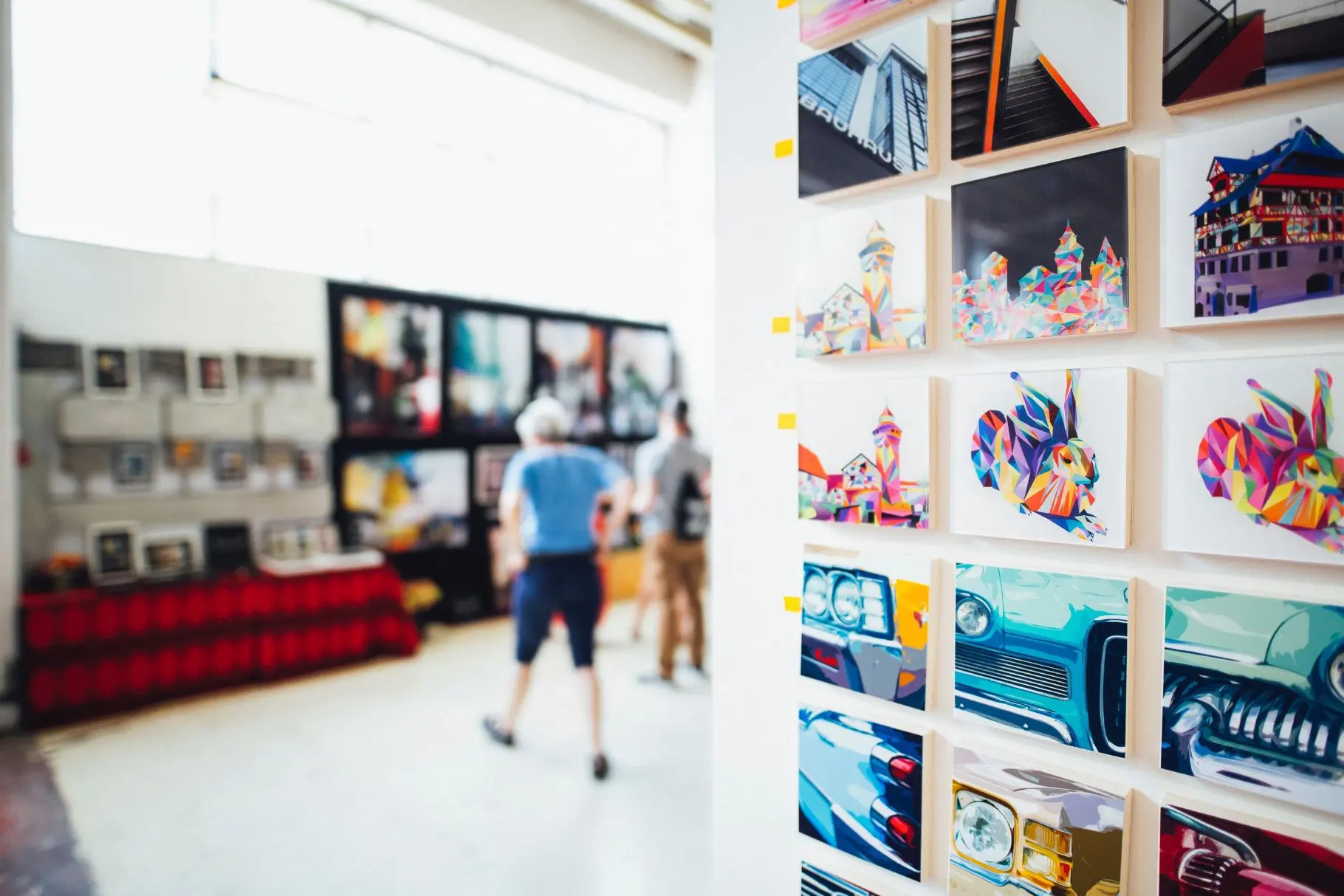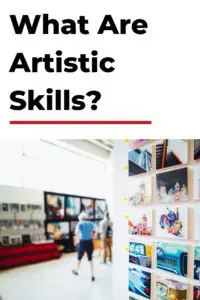With the broadening of the art world, many people are getting confused about what qualifies as an artistic skill.
What are artistic skills?
Artistic skills are artistic abilities that are possessed by artists who operate within a fine art capacity.
While there are many different forms of art in the modern age, only some qualify.
Though you might be artistic, only some people are artists actively using artistic skills for their projects.
Fine art as a concept focuses on specific types of artistic expression.
The primary list of these methods is composed of what you might expect from traditional art forms.
This includes all of the classics like drawing, painting, and musical composition.
Though the list does extend beyond that, these act as a basis for the majority of what might be considered artistic skill.
In addition to these artistic skills and competencies, go to my Recommendations page where you will get exclusive tools that will help you create art no matter where you are and/or services that will help you grow your art business.
DISCLOSURE: This post contains affiliate links, meaning I get a commission if you decide to make a purchase through my links, at no cost to you. I only recommend products that I’ve used or really like. Please read my disclosure for more info.
If you’re interested in art, check out a sample of my other content that helps artists:
- 10 Tips to Drawing People for Beginners
- 20 Free Drawing Apps for the iPad Pro
- 7 Cheap Drawing Tablets with Screens Under $200
- [Infographic] How to Practice Drawing Anatomy: Top 5 Dos and Don’ts
- 30 Tips on How to Design A Logo
- 7 Kinds of Graphic Design Jobs and How Much They Make
- 10 Best Tools for Digital Art
- How To Use The Golden Ratio In Interior Design
- 5 Cool Easy Painting Ideas That Will Inspire You
- 8 Color Theory Painting Exercises to Improve Your Paintings
- The Essential Encaustic Painting Supplies You Need
- What Is Balance in Art
Creativity
This skill is being listed first because it is actually informal on the list.
Creativity is a skill that often drives the other artistic skills.
While many artistic skills and competencies are things that must be practiced and perfected, this is what guides them.
Some artistic skills examples are painting, writing, dance, music, and acting.
Practicing creativity is an effective way to take an artistic skill to the next level.
It is what makes these skills and help you to use them for creation.
Think of creativity as a background skill base for all of the others.
Which of the following is not needed to hone the artistic skills?
Creative people often exude 5 characteristics:
- Not afraid to experiment
- Are curious
- Have high standards
- Are able to look at something and have ideas on how to make it better as well as accept thoughts others may have on how to make their own work better
- Like challenges
Almost anything can be made into an artistic pursuit if you rigorously apply these principles to it – from crafting, weaving, and beadwork, to fashion, cooking, and interior design.
The sky is the limit.
The main factor is experimentation and the desire to produce something new in the genre and medium you’re working with.
In order to get a better idea of the core artistic practices, we’ll look at the art skills list for some examples of artistic skills.
Drawing and Illustration
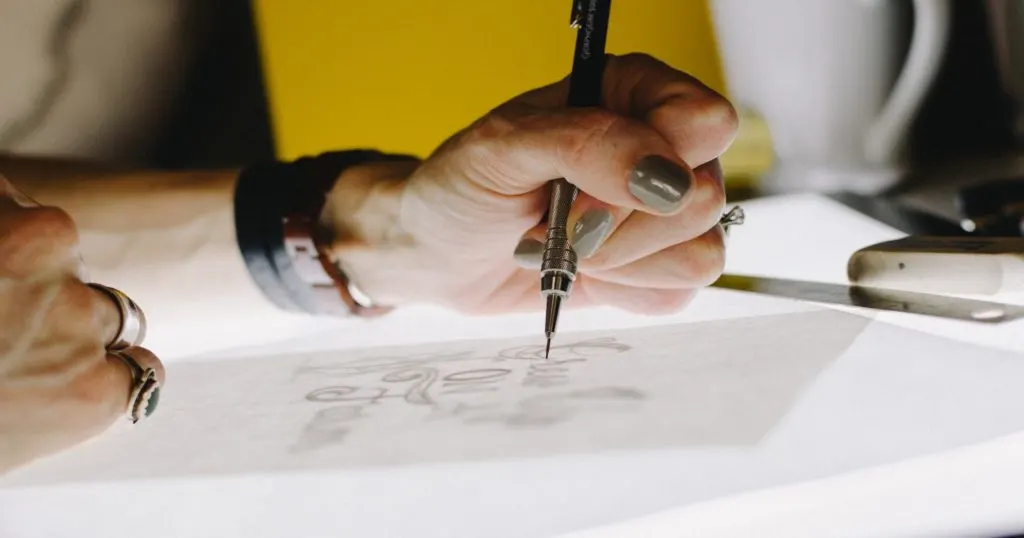
The most recognizable artistic skill that people often think of is drawing.
Drawing is one of the original artistic skills used in creating arts that has been around for ages.
It is, in most cases, considered the oldest form of artistic expression.
This skill relies on the use of some sort of drawing tool and a canvas in one form or another.
It has been used historically to present ideas and tell stories throughout time.
The oldest form of drawing is shown in ancient cave paintings.
This was, in some sense, an ancient form of writing that allowed knowledge to be passed on.
Some of this art was possibly created for the sake of expression.
However, that is not the case with all of it. In many instances, these drawings were used to pass on beliefs and rituals.
It also acted as a historical record of some of the things that people did at the time.
In the modern age, drawing has become a more complex version of its original self.
The tools that people use to draw and the intent behind it has noticeably changed.
The first thing to recognize that has changed is the creation of art for viewing pleasure.
There is more of a focus on creating works of beautiful art rather than just records or knowledge.
Drawing has also changed in many ways due to the introduction of digital drawing platforms.
Though the face of drawing has changed, drawing in any form is still considered an artistic skill and takes certain disciplines to draw well.
Music Composition

One of the more popular artistic skills examples in the art skills list is that of music composition.
Throughout history, many people have revered people who can make good music.
This is true both for people who create their own as well as those who can play existing music.
Understanding music on a fundamental level is known to impress just about any crowd.
In fact, since many people are not musically savvy, musicians are even more elevated in society.
The face of music composition has changed throughout history.
Originally, music was something as simple as a few beats on a drum.
This was carried out both individually and in circles, and those selected were chosen with purpose.
The process involved maintaining beats and matching the energy of a ceremony.
Over time, this transitioned into playing other types of instruments.
The type of instruments played tend to vary from one location to the next, but some gained notoriety.
This allowed them to spread globally.
Now, music has transitioned to include many different varieties when it comes to methodology.
People still play instruments that have been around for ages.
The quality and physical changes in these instruments varies greatly depending on intent.
In addition to playing more traditional instruments, the digital world has changed the face of music.
Digital tools allow people to make new kinds of music in interesting new ways.
Electronic music has been one of these recent developments, and it certainly sounds like it is from the future.
Painting
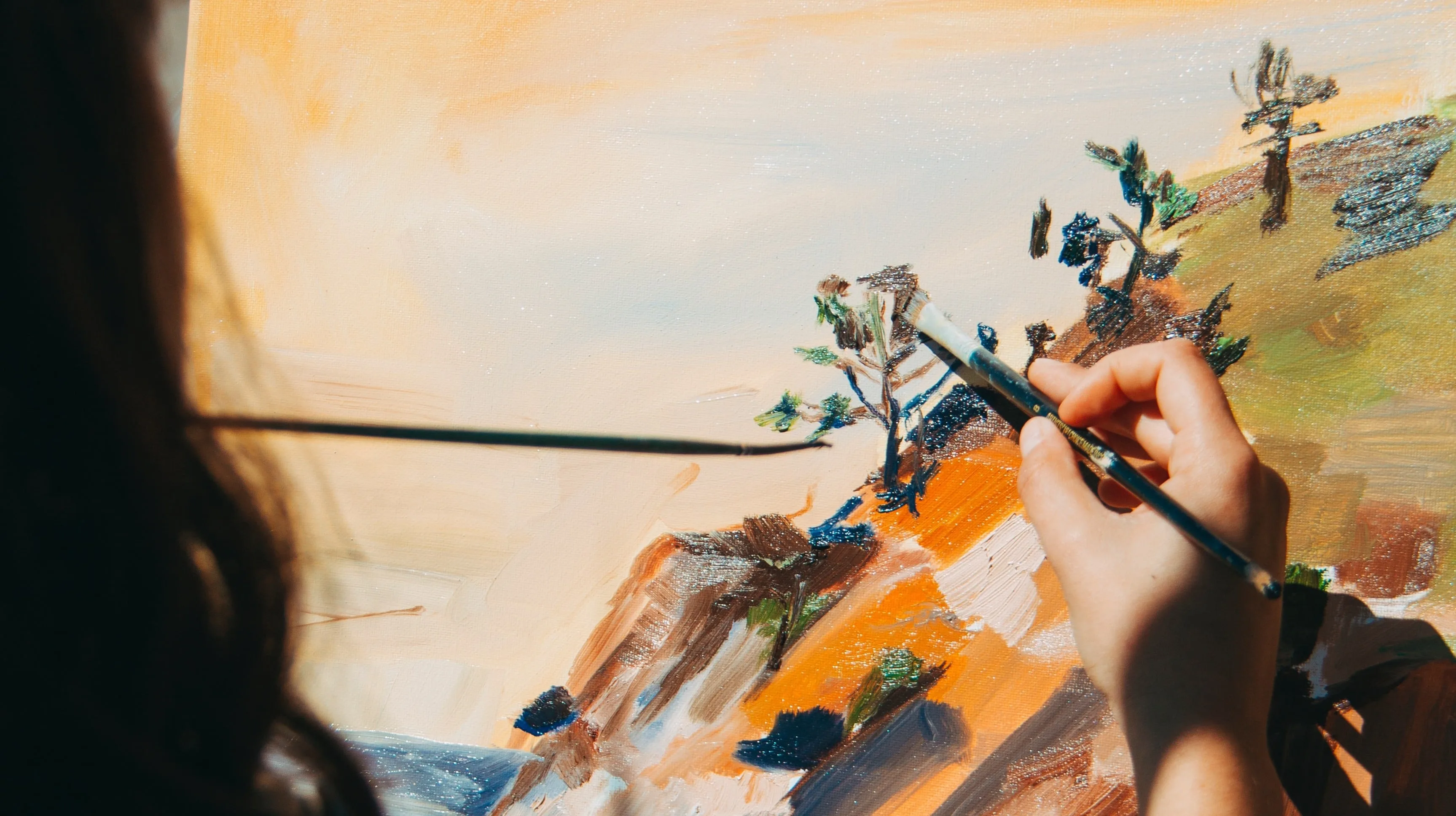
Painting is one of the artistic skills used in creating arts that have survived the passage of time as well.
This method of art includes the use of various styles of paints, brushes, and canvases among various other art skills..
With the combination of these tools, artists can freely express themselves or recreate images.
It is often one of the most appreciated arts for its capacity to show artistic ability. The popularity of painting has not changed at all with time, though the approach to it might have.
As far as changes go, painting continues to be more traditional with few exceptions.
Older versions of painting were largely built around subject matter.
There was a period of time where portrait painting was incredibly common, and it was this that painters were hired for. In addition to portraits, artists were often asked to paint murals.
Much of the older art is based on humans, nature, and religion.
Though some people thought it was wrong to paint religious images, the artists won out.
To this day, religious art and paintings are increasingly common.
Today, the painting process has changed in many ways.
As would be expected, there are many new styles of painting that reflect the times.
Digital painting is an example of this.
(Be sure to go to my Recommendations page where you will find exclusive tools to help you with your digital painting)
This includes more vibrant colors, different subject matter, and the introduction of new supplies.
The biggest addition to modern painting is acrylic paint, which is proving to be a common staple for modern painting.
Sculpting
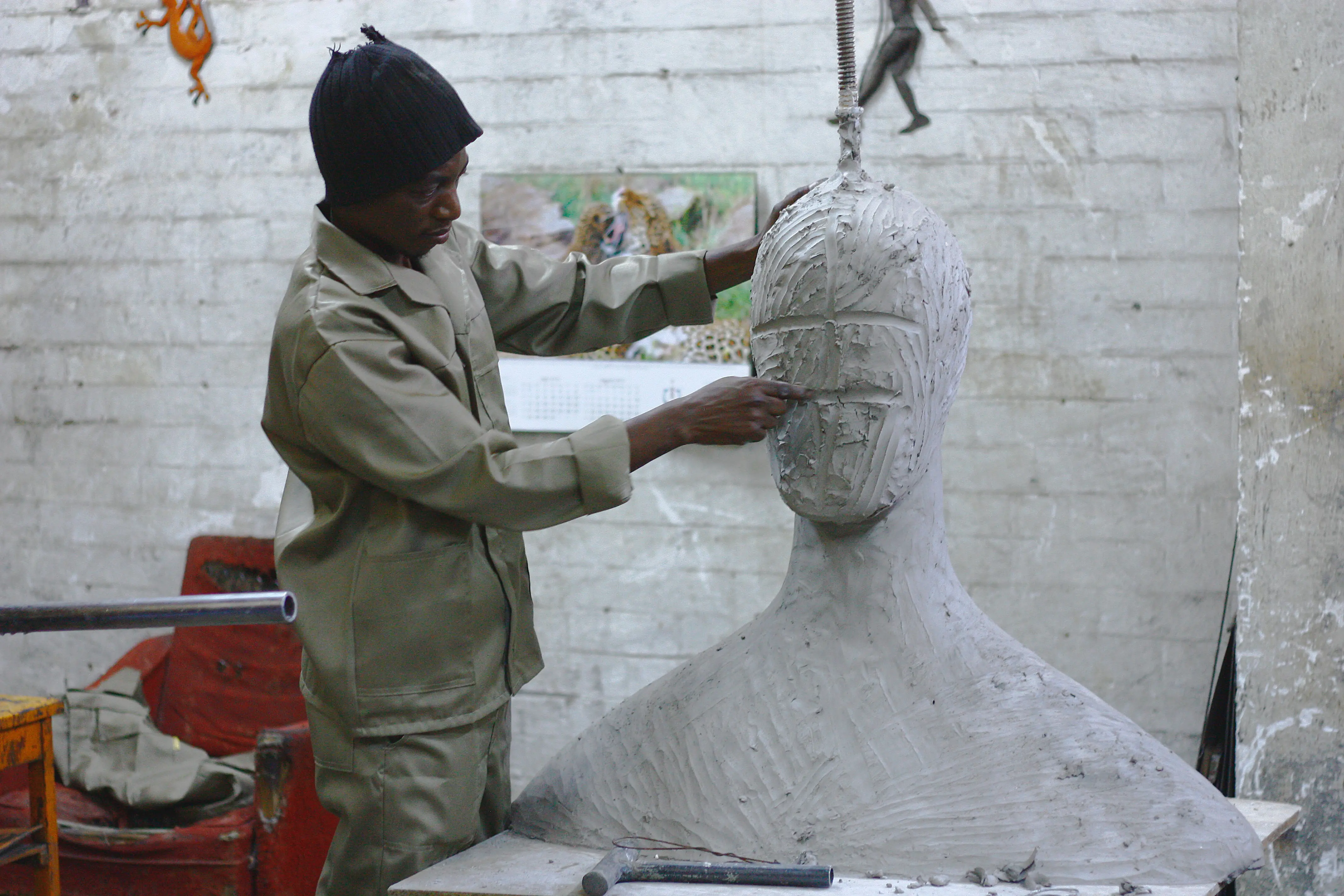
Sculpture is one of the more involved artists’ skills on the artistic skills list.
It’s not often remembered when people ask themselves “what artistic skills should I use?”
This relies on the use of different supplies to create a structure.
It can rely on making a structure that is only meant to be viewed.
It can also include a structural design that has some additional functionality.
The ways that sculpture has changed over time are interesting because of their reflection of society.
The focuses continue to change, as does the process, making this a diverse medium.
Previously, sculptures were often used to deify someone.
In most instances, sculptures were used to present the likeness of someone or something to imply its importance.
Sculptures were often used to recreate someone’s likeness in an attempt to show their power or merit.
This led to sculptures being used to create religious icons and political leaders.
In many ways, it was a way to immortalize a relevant person.
Modern sculptures have changed significantly from their worshipping predecessors.
Though there are still sculptures erected of leaders and political figures, the medium has opened.
In many instances, sculptures have transitioned to act as standalone structures.
They do not always represent something that already exists, but rather can allude to an idea.
Fine art sculptures are known to be incredibly unique, with some taking time to process.
Mechanical sculptures can offer exciting advancements on this traditional idea.
Creative Writing
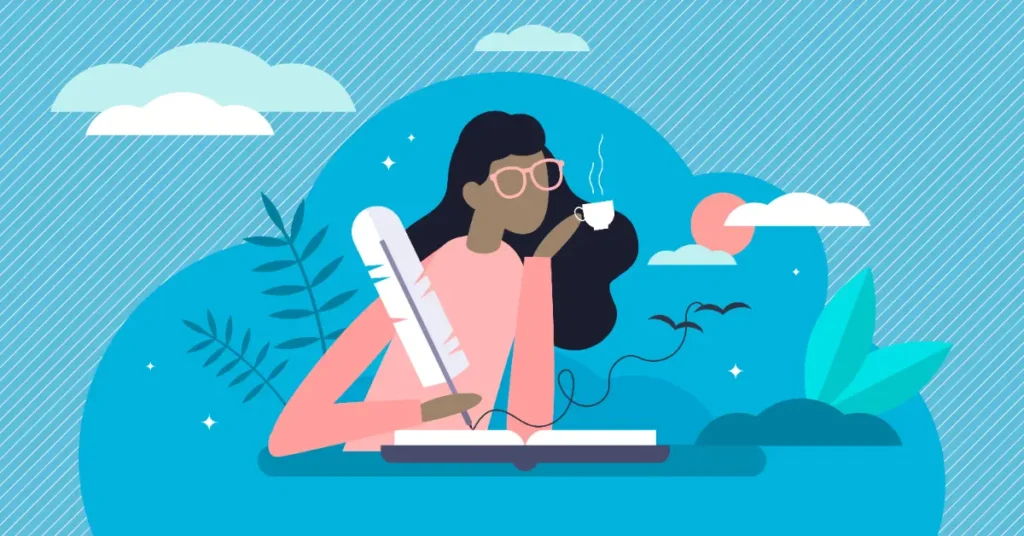
Creative writing includes a wide range of art talents and includes anything outside of professional, journalistic, and technical forms of writing.
When asking yourself “what artistic skills should I use?” writing is one of the most universally useful.
Usually, creative writing involves anything with a narrative arc, including character development, plot, and themes – including both fiction and non-fiction.
Examples of artistic skills for creative writing include novels, non-fiction books, and short stories.
Biography, history, and even popular science books can all be creative writing too, as long as they are written in a literary style.
Of course, what constitutes creative writing is relatively loose.
For example, opinion pieces in a magazine are often creative writing, while journalistic pieces in a newspaper are usually not.
It depends on how much of the writer’s personal style and opinion goes into the piece, and how its constructed.
The artistic skills meaning of creative writing is bringing to bear a mixture of themes, prose style, plot, and character to weave together an emotional expression.
If the writing is solely meant to get information across as clearly and concisely as possible, usually that is not considered creative writing as it doesn’t show much artistic ability.
Poetry
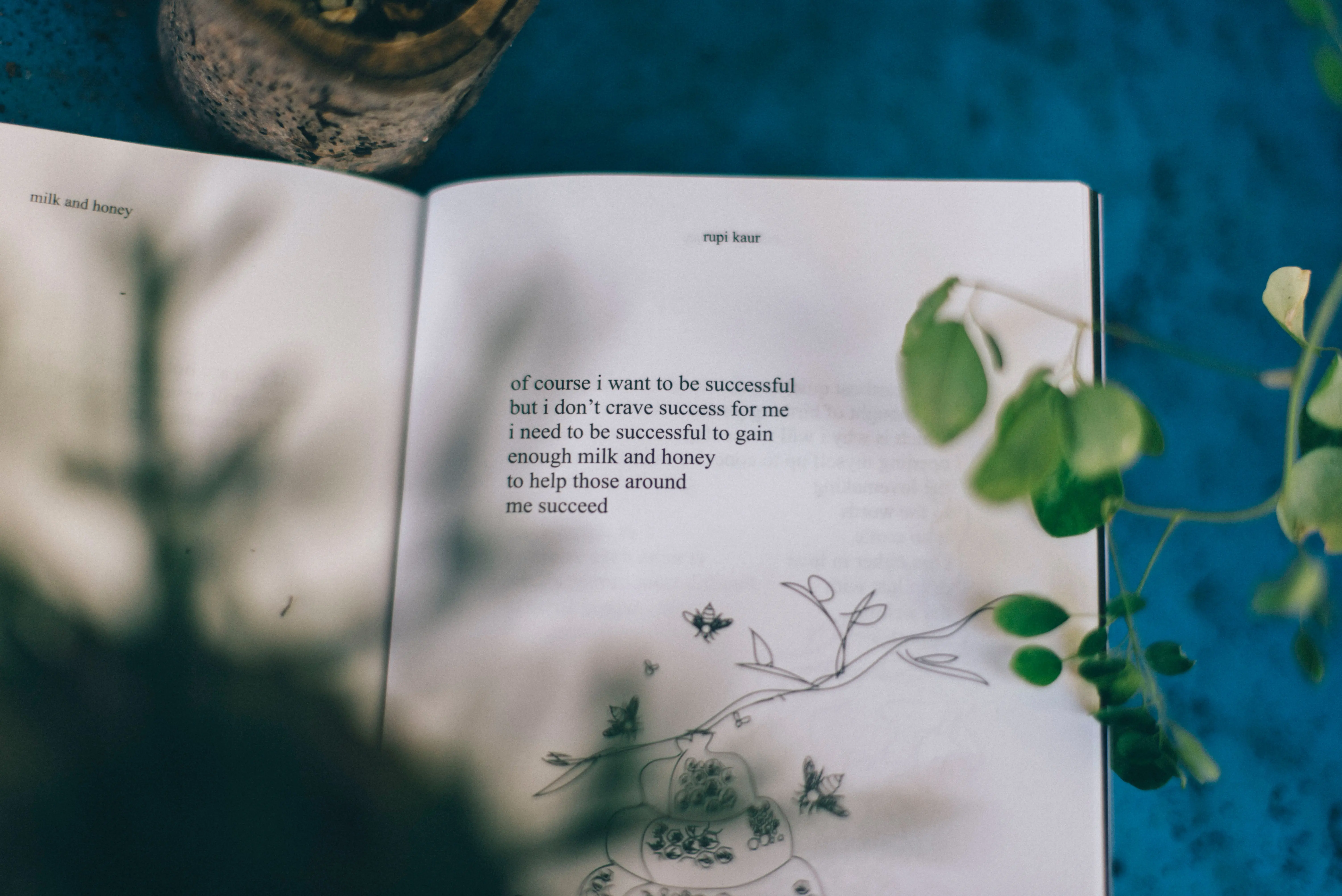
On the list of artistic skills, people tend to be surprised that poetry makes the cut of art skills examples.
However, it is one of the original artistic talents throughout history, admired in countless cultures.
Many people question why poetry specifically makes it compared to other writing, but it’s because poetry is old.
According to the powers at be, poetry is a process involving many disparate artistic abilities.
This complication factor appears to be enough to grant it artistic merit.
Since poetry involves processes that govern every aspect of it, writing poetry is considered a skill.
When people think of older poetry, many think of the works of Shakespeare.
Shakespeare was known for creating many sonnets, which involve fourteen lines and the use of iambic pentameter.
These sonnets are still taught in classes to this day as a quintessential example of poetry.
Historically, poetry focused on love, religion, and intimacy.
Though other topics were introduced, these were the primary themes for them.
Modern poetry is incredibly diverse compared to the historical renditions.
Nowadays people will write poetry designed to be funny, teach, or evoke emotion.
Poetry is often considered to be a way to vent love or heartbreak, but the themes are more diverse.
In many instances, poems are written to be read in two ways.
This allows for one story to be told upfront while another is told behind the scenes.
Theater
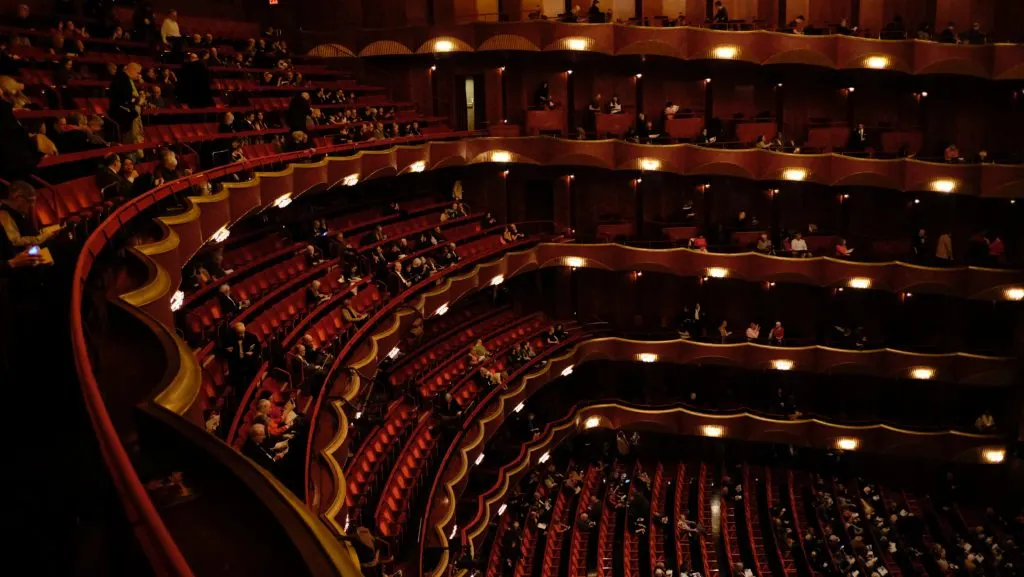
Theater is one of the fine art talents that has a long and interesting history among art skills examples.
This method of expression involves many different steps.
On one hand, there is the playwright who actually writes the script responsible for bringing the story to life.
On the other hand, there are actors responsible for physically bringing the story to life on stage.
In modern theater, the list of those involved is even more extensive.
In the past, the theater was both beloved and hated by many.
There was a passion for the theater and the power of it, but in many ways the people were frowned upon.
Back throughout time, it was common for actors to be resented and considered to be purveyors of sin.
What is interesting is that despite ample protests against them, shows continued to sell out.
At one point, the law became involved and several theaters were closed.
Regardless, theater made a comeback and continued to change the world.
Recently, theater has spread to include many amazing forms of artistic expression.
Though playwrights and actors are still creating these masterpieces, many more people are involved.
Modern theater has directors, stage designers, orchestras, and more.
The shows that you see on Broadway involve music, shifting stages, digital animations, and other mesmerizing components.
With the recent rise of Hamilton, the theater is garnering more attention than ever before.
Dance
Dance is a form of human expression that has transcended the ages. It is one of the artistic skills on the list of artistic skills that have always been around and one of the great artistic talents.
Regardless, people are surprised to see it considered an artistic skill because it doesn’t look like the others.
This form, like theater, relies on a more obscure type of artistic expression than others on the artistic skills list.
Most people think of dance and conjure images of modern dance, but there is a more technical side.
Dancing is not merely moving to music, but in some cases involves telling a story.
Brief History of Dance
Throughout history, dance has been used to bring rituals to life or as a means of celebration.
This included telling stories in some ways, and that is what stuck over time.
One of the older versions of dance that people understand as fine art is ballet.
Ballet is a method of dance that relies on complex physical skills and art skills used to convey stories in one way or another.
Comparable to theater, this skill can bring a tale to life before an audience’s eyes.
Modern dance looks differently than more traditional styles, but it is no less technical.
Though some people marvel at what dance has turned into, many modern dance styles are technical in nature.
This means that people are relying on practice to accomplish serious physical feats.
Ballet and other technical dance styles are still popular in modern times as well.
No matter what type of dance you choose, all forms of dance involve these 5 characteristics: Body, Energy, Time, Space, and Action.
Like a painter’s paintbrush, the body is a dancer’s tool.
With a dancer’s body, they use an amount of energy to perform a dance.
Each little step they do in a dance is called an action.
This action is performed within a given time.
This action also has to take place within a certain space.
This space can be a straight line, a curve, a zigzag path, within a square, etc.
Conclusion
So, what are artistic skills?
Though there are many different forms of art and skills that accompany them, not all are artistic skills and competencies.
Which of the following is not needed to hone the artistic skills? Hard work, drive, passion, and technical practice. It’s a trick question, of course, all of them are needed!
Add to that the fact that, unlike athletic or professional skills, you’ll also need a hefty dose of creativity and experimentation, and your chosen artistic field may be more challenging than you expect.
There are some artistic skills meaning that are classified specifically on their ability to transcend time.
Throughout history, certain types of art have endured.
The skills that come with these forms of art are able to be considered artistic skills and competencies, but don’t let that make you feel down.
There is more to art than the traditional artistry that has been passed down throughout the ages.
New traditions are being made every single day.
Also, if you want exclusive tools that will help you create art no matter where you are and/or services that will help you grow your art business, go to my Recommendations page.
What are some artistic skills you have?
Artistic Skills FAQ
What is the most important skill an artist must possess?
The most important skill to have to be an artist is creativity. There are many types of artists, but having creativity will help you in any artistic journey.
How do you describe artistic style?
An artistic style is a preference you have in order to create the thing you want. Usually an artistic style is something you add to your creative process in order to create something easier or more appealing. For example, you could draw big eyes on your characters to make them stand out.
Is creativity a skill?
Yes. A skill is anything you can work at and get better over time. Creativity is just that. By doing creative things, you can get better at being creative.
What kind of skills do you need to be an artist?
Creativity, drawing, music composition, dance, theater, painting, and sculpting are some skills you need to be an artist.
How do you list artistic skills on a resume?
To list artistic skills on a resume, create a dedicated section titled “Artistic Skills” or “Creative Abilities.” Include a mix of both hard and soft skills, showcasing your proficiency in various mediums and techniques. Use bullet points to briefly describe each skill, selecting relevant examples from the provided art skills list.
How do you describe someone who is artistic?
Someone who is artistic typically has a natural aptitude for creative expression. They possess a unique combination of artistic talents, such as drawing, painting, or sculpting, and have the ability to think outside the box. An artistic person may also display strong problem-solving skills and a keen eye for detail.
How do you enhance your artistic skills?
To enhance your artistic skills, practice regularly and experiment with different mediums and techniques. Seek constructive feedback from others to identify areas for improvement. Additionally, exposing yourself to diverse art forms and studying the work of other artists can help you develop your own artistic abilities and competencies.
How can I be an artistic person?
To embrace your inner artist, you’ll want to nurture your creative side and polish your artistic skills. Start by exploring different art forms to find the ones that truly speak to you, and then dedicate time to practice and perfect your chosen techniques. Keep an open and curious mindset, allowing yourself to draw inspiration from the world around you and welcoming new experiences that can fuel your artistic growth.
How can I use my artistic skills?
When it comes to using your artistic skills, there are endless possibilities both professionally and personally. In a work setting, you can apply your talents to fields like graphic design, marketing, or illustration. For personal fulfillment, dive into creative hobbies or use your artistic skills as a means of self-expression and communication. You could even share your passion and knowledge by teaching others and spreading the joy of art to those around you.

